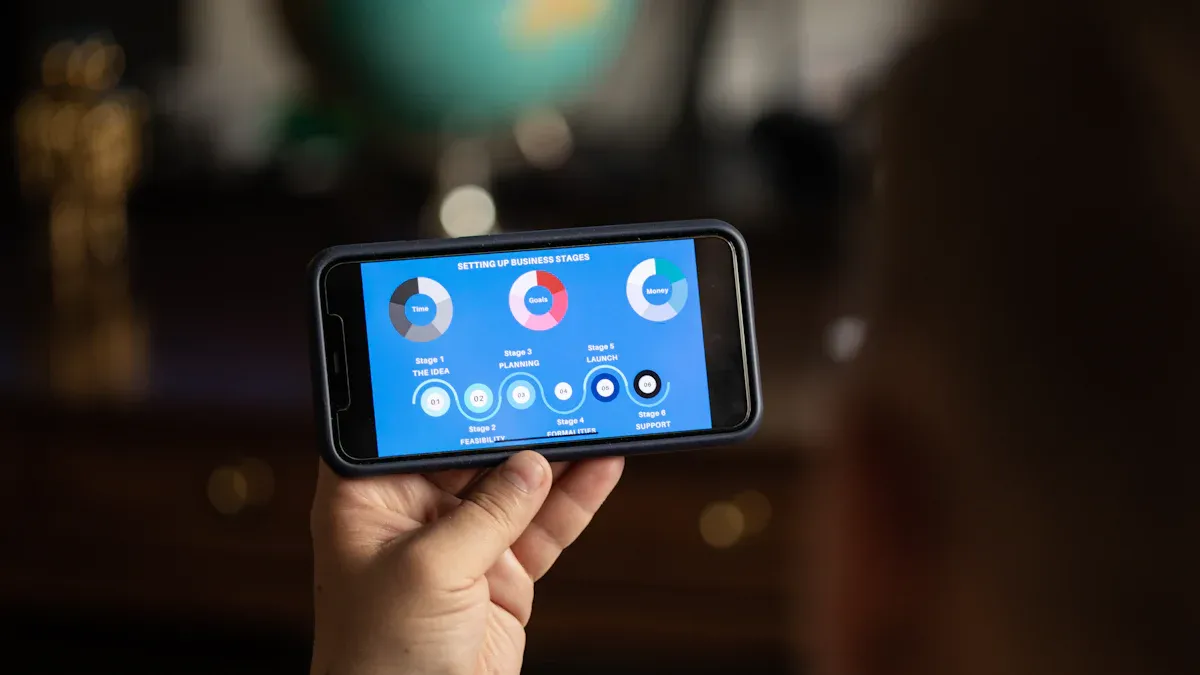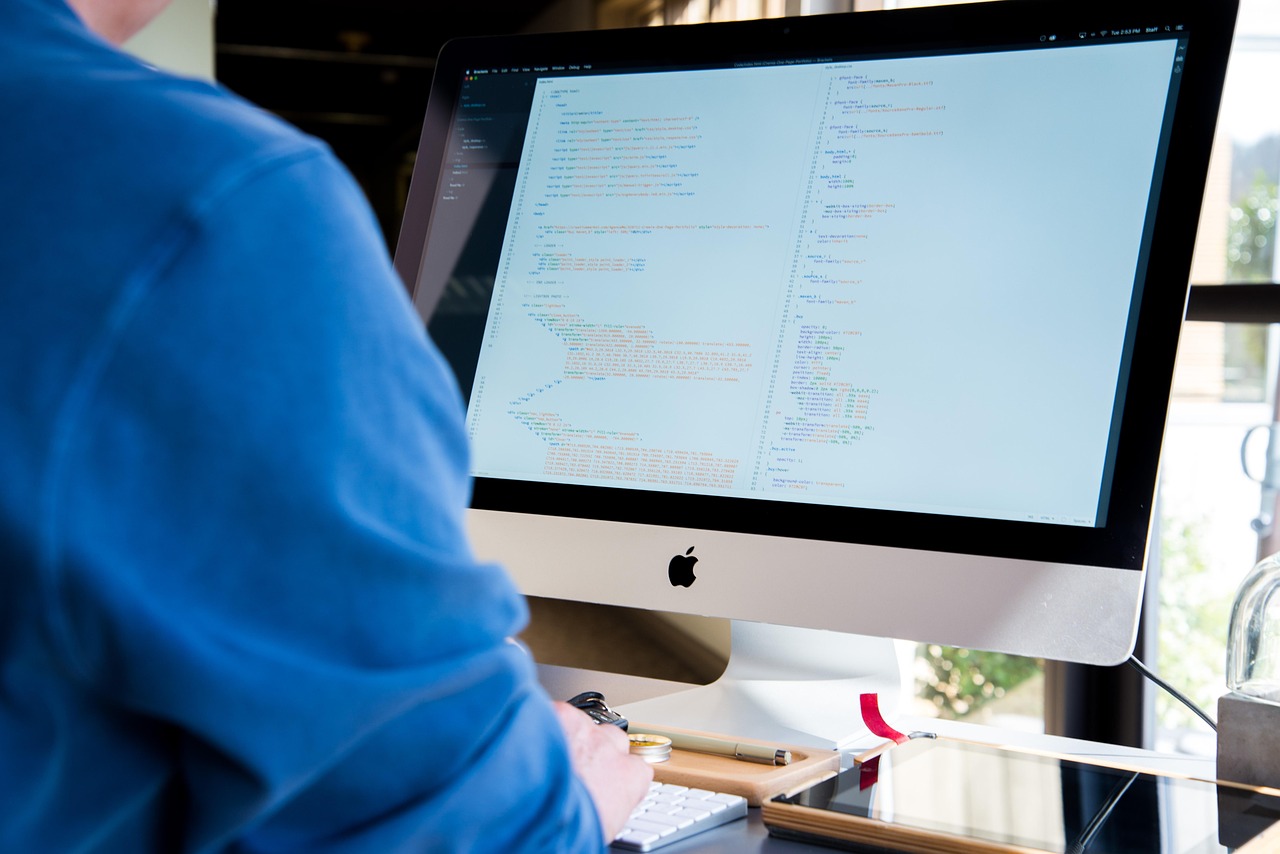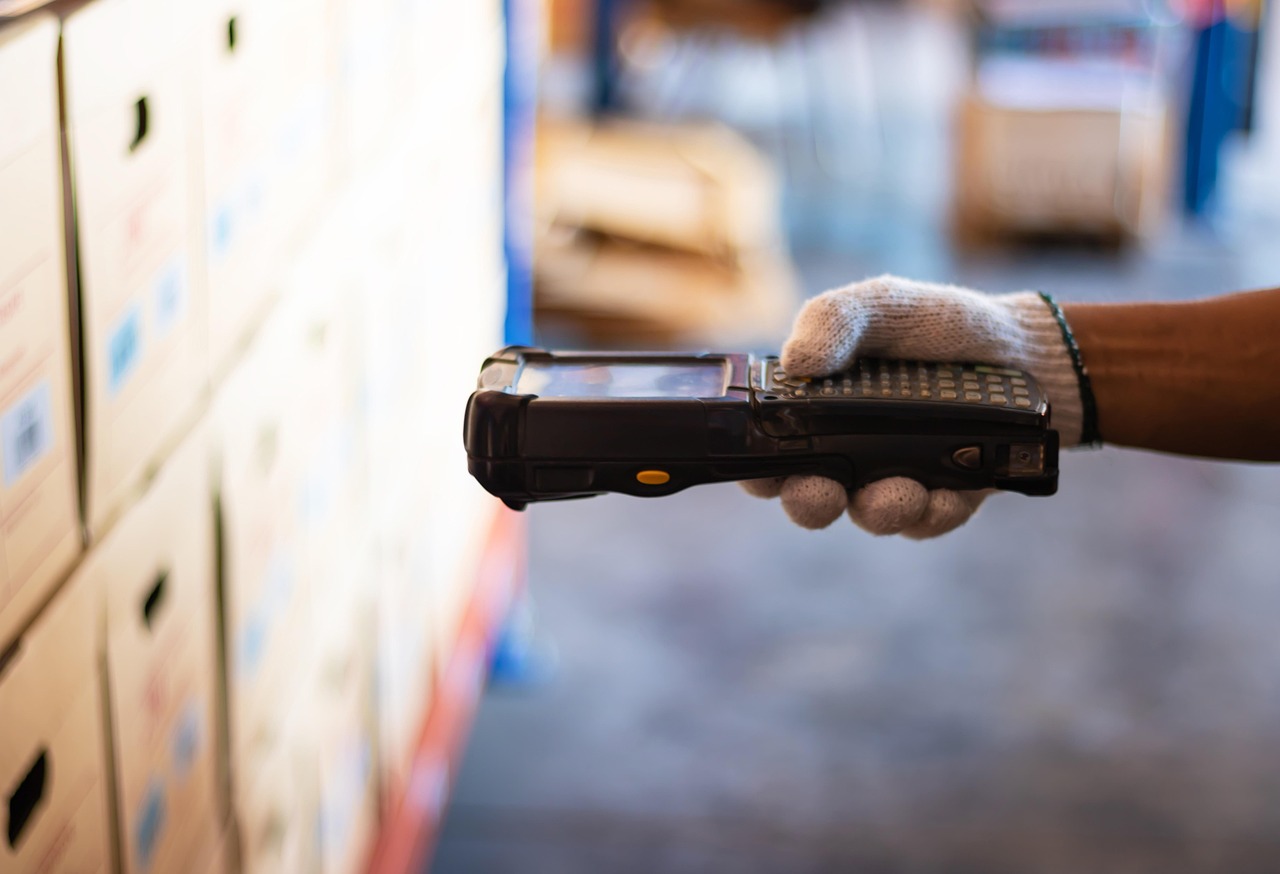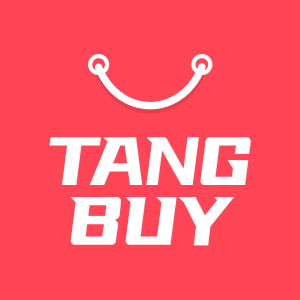How to use AI to find winning dropshipping products for new users

You want to find winning dropshipping products fast. When you use AI, you save time and spot trends before others. AI tools work behind the scenes for you. You can set up your shop, research products, and even handle customer questions with ease.
No technical skills needed
Simple dashboards guide you through each step
You just need to use Al and watch your store run smoothly.
Key Takeaways
AI helps you save time. It does product research for you. It also manages your store. This lets you spend more time growing your business.
Find products that many people want. Make sure not many shops sell them. This helps you get more sales.
Always check how much money you make per sale. Use easy maths to see your profit. This helps you know if you earn enough.
Pick suppliers who are reliable. They should have good reviews. Fast shipping is important too. This keeps customers happy and stops stock problems.
Use AI tools to look at market trends. Check what your competitors do. This helps you decide what to sell.
Set your own filters in AI tools. Find products that match your business goals. Look for things like profit and shipping speed.
Keep up with market trends. Use tools like Google Trends. This helps you find good products before they get popular.
Join online groups and forums. Talk to other dropshippers. Share your stories and learn new things.
Criteria for Winning Dropshipping Products

You want to pick products that sell well and keep your business running smoothly. A "winning" dropshipping product is one that people want, not many shops sell, and you can get it easily from suppliers. You also need to make sure you earn enough money from each sale. Let’s break down what matters most.
High Demand and Low Competition
You should look for products that lots of people search for and buy. If you choose items with high demand, you get more sales. Low competition means fewer shops sell the same thing, so you stand out.
Here’s a quick table showing what experts say you need to check:
Criteria | Why It Matters |
|---|---|
Helps you spot what customers want and who will buy it | |
Product Validation | Confirms if the product will sell before you invest |
Trend Analysis | Shows you what’s popular right now |
Niche Selection | Lets you find special markets with less competition |
Supplier Relationships | Ensures you get products quickly and reliably |
Profit Margins
You want to earn enough from each sale. If your costs are too high, you won’t make much money. Always check how much you pay for the product and how much you can sell it for.
Tip: Use simple maths to work out your profit. Subtract your costs from your selling price. If the number is high, you’re on the right track.
Reliable Supply
You need suppliers who deliver on time and keep products in stock. If your supplier runs out, your shop loses sales.
Choose suppliers with good reviews
Check if they ship quickly
Make sure they have enough stock for your needs
Why AI Helps Find Winning Products
You can use AI to make product research much easier. AI tools scan the internet, spot trends, and check what other shops sell. They help you find products with high demand and low competition.
Here’s a table showing how AI makes this process better:
How It Helps You | |
|---|---|
Real-time SEO optimisation | Targets the right customers and boosts your shop’s visibility |
Niche content creation at scale | Finds and promotes products in special markets |
Trend prediction algorithms | Spots what’s popular before others do |
Competitor analysis | Shows you what other shops sell and how you can stand out |
Sales data analysis | Ranks products by how well they sell |
AI tools like FindNiche.com and Niche Scraper use smart algorithms to predict trends and analyse sales data. You get product suggestions based on what’s selling now and what’s likely to sell soon.
You save time
You avoid guessing
You get clear product scores and rankings
If you want to grow your dropshipping shop, using AI helps you find winning products faster and with less effort.
How to Use AI for Product Research
You want to find the best products for your dropshipping shop. When you use AI, you make this job much easier. AI tools help you set up your store, spot new trends, and keep an eye on your competitors. Let’s look at how you can use these smart tools to get ahead.
Use AI to Automate Store Setup
Setting up your dropshipping store can feel like a big task. AI makes it simple. You can connect your shop to smart systems that handle many jobs for you. This saves you time and helps you avoid mistakes.
Shopify Integration
Shopify is a popular platform for dropshipping. Many AI tools work directly with Shopify. You can link your store and let AI handle product imports, pricing, and even product descriptions. You do not have to spend hours adding each item by hand. AI can also help you choose the best products to add, based on what is selling right now.
Backend Automation
AI does more than just add products. It can run your store in the background. Here is a table showing how automation helps your business:
Benefit | Description |
|---|---|
Improved efficiency | Automation speeds up order processing, so you can handle more orders quickly. |
Better accuracy | Reduces mistakes, which keeps your customers happy. |
Reduced costs | Lowers the need for extra staff and cuts down on errors, saving you money. |
Seamless order management | Gives you a clear view of your shop’s performance and helps you grow without extra stress. |
Scalability | Makes it easy to grow your business and handle more orders as you get bigger. |
When you use AI for automation, you get more time to focus on growing your shop. You do not have to worry about missing orders or making mistakes with stock.
AI for Market Trend Analysis
You want to sell products that people want right now. AI tools can scan the internet and find out what is trending. They look at search data, social media, and sales numbers. This helps you spot new products before everyone else does.
AI can also predict what will be popular in the future. You do not have to guess what to sell next. The system gives you clear suggestions based on real data. This means you can fill your shop with items that are likely to sell well.
Here are some things AI can do for you:
Personalise the shopping experience for your customers, so they see products they like.
Use predictive analytics to manage your stock and avoid running out of popular items.
Set prices automatically, so you stay competitive and make more profit.
Detect fraud and keep your shop safe.
You can use AI to make smarter choices and stay ahead of the trends.
AI for Competitor Insights
Knowing what your competitors are doing helps you stand out. AI tools can check other shops and show you what products they sell, how they price items, and what ads they run. You do not have to spend hours looking at each shop yourself.
When you use AI for competitor research, you get:
Faster and more accurate results than manual checks.
Insights into your competitors’ social media ads and marketing strategies.
Advanced data processing that helps you spot gaps in the market.
You can use AI to find out where you can do better and what products you should focus on. This gives you a real advantage in the dropshipping world.
Tip: Let AI handle the hard work of research. You can spend more time building your brand and talking to your customers.
When you use AI for product research, you make your dropshipping journey smoother and more successful. You save time, avoid mistakes, and always know what is happening in your market.
Step-by-Step Guide for New Users
Ready to start your dropshipping journey? This guide will walk you through each step, from picking the right AI tools to understanding product suggestions. You do not need to be a tech expert. Just follow along, and you will see how easy it is to use AI for your shop.
Select AI Tools for Dropshipping
Choosing the right tool is your first step. Many platforms offer smart features that help you find products, manage your shop, and boost sales.
Popular Platforms
You have plenty of choices when it comes to AI-powered dropshipping tools. Here are some of the most popular ones:
FindNiche: Great for finding trending products and analysing competitors.
Niche Scraper: Helps you discover winning products and spy on other shops.
DSers: Works well with Shopify and automates order management.
BlackCurve: Focuses on price optimisation and sales performance.
AliShark: Tracks product trends and sales data from AliExpress.
Each platform has its own strengths. Some focus on product research, while others help with pricing or automation. Try a few and see which one fits your needs best.
Free vs Paid Options
You might wonder if you need to pay for these tools. Many platforms offer free versions with basic features. Paid plans unlock more advanced options, like deeper analytics and more product suggestions.
Free tools are good for beginners who want to test the waters.
Paid tools give you more data, better automation, and extra support.
Tip: Start with a free plan. Upgrade only when you need more features or want to scale your business.
Set Up and Use AI Tools
Once you pick your tool, you need to set it up. Most platforms make this process simple and quick.
Account Setup

You usually start by creating an account. Enter your email, set a password, and follow the on-screen steps. Some tools ask you to connect your online shop, like Shopify or WooCommerce. This lets the AI tool pull in your products and sales data.
Check your email for a confirmation link.
Log in to your dashboard.
Connect your shop if needed.
You can finish setup in just a few minutes.
Dashboard Navigation
After logging in, you will see a dashboard. This is your control centre. Here, you can:
View product suggestions
Track sales and trends
Set up automation rules
Monitor your competitors
Most dashboards use simple menus and clear icons. You can click around and explore without fear of breaking anything. If you get stuck, look for help guides or chat support.
Note: Many tools offer video tutorials or step-by-step guides right inside the dashboard.
Interpret AI Product Suggestions
AI tools do more than just show you a list of products. They score each item and let you filter results to match your goals. Understanding these features helps you make smarter choices.
Product Scores

Every product suggestion comes with a score. This score tells you how likely the product is to sell well. AI tools use real data to calculate these scores. They look at things like shipping times, order fulfilment, and customer feedback.
Here is a table showing the main metrics used to score products:
Metric | Description |
|---|---|
Historical shipping times | Time taken by suppliers to ship products |
Order fulfilment rates | Percentage of orders successfully fulfilled |
Product return rates | Rate at which products are returned |
Customer feedback scores | Ratings given by customers on products |
Communication response times | Speed of supplier responses to inquiries |
When you see a high score, you know the product has a good track record. This makes it easier to pick items that will keep your customers happy.
You also benefit from automated inventory management and supplier integration. These features help you:
Synchronise inventory levels
Automate supplier orders
Reduce manual work
Minimise stock discrepancies
Improve customer satisfaction
Increase sales
A dropshipping company used BlackCurve’s AI Engine for price optimisation. Over three months, they made 22,000 price changes across 6,500 products. This led to a 14% increase in monthly profit and an 11% rise in the number of unique products sold. This shows that AI-driven product suggestions and pricing can boost your sales and profits.
Custom Filters
You do not have to accept every suggestion. Most AI tools let you set custom filters. You can choose to see only products with high profit margins, fast shipping, or low competition.
Set your minimum profit margin
Filter by shipping country or supplier rating
Exclude products with high return rates
Custom filters help you focus on what matters most to your business. You can quickly narrow down thousands of products to just a few top picks.
Tip: Adjust your filters as you learn more about your market. This keeps your shop fresh and competitive.
You now know how to select, set up, and use AI tools for dropshipping. You can read product scores and use filters to find the best items for your shop. With these steps, you are ready to use AI to grow your business.
Practical Tips to Maximise AI Results
You want to get the most out of your AI tools. Here are some practical tips that help you boost your dropshipping results and avoid common mistakes.
Customise Filters
AI tools give you lots of data, but you need to make it work for you. Custom filters help you focus on what matters most for your shop. You can set filters for profit margin, shipping speed, or supplier rating. This way, you only see products that fit your goals.
Set a minimum profit margin to make sure you earn enough from each sale.
Filter by shipping country to offer faster delivery to your customers.
Exclude products with high return rates to keep your shop’s reputation strong.
You can also use tools like Google Keyword Planner to check product demand. Look at average monthly searches and see which countries want your products most. This helps you pick items that people actually want to buy.
Tip: Adjust your filters as your business grows. What works today might change next month.
Monitor Trends
You need to stay ahead of the market. AI can help you spot trends before they become popular. Use Google Trends to see how interest in a product changes over time. This shows you if a product is just a fad or has long-term potential.
AI helps you manage your stock and predict demand.
Smart algorithms look at past sales to help you plan for busy seasons.
Data-driven decisions make your shop run smoothly and keep customers happy.
Automation tools can also handle tasks like email marketing and inventory updates. This saves you time and lets you focus on growing your brand. Attending eCommerce events keeps you updated on new trends and helps you meet other shop owners.
Avoid Common Mistakes
AI makes dropshipping easier, but you still need to use your own judgement. Many new users think AI can do everything. In reality, you need to guide the tools and check their suggestions.
Manual Checks

Lawson says, “AI should complement, not replace, your business knowledge.” You need to understand your audience and use AI to create customer avatars. This helps you market your products better.
Always double-check product suggestions. Look at supplier reviews and test orders yourself. AI gives you a head start, but your experience and gut feeling matter too.
Niche Opportunities
Many beginners try to sell what everyone else is selling. You can use AI to find niche markets with less competition. Build a strong brand identity with good storytelling and visual branding. This helps you stand out and keeps customers coming back.
Provide great customer service to build loyalty.
Use AI to spot gaps in the market and fill them with unique products.
If you follow these tips, you will get better results from your AI tools and grow your dropshipping business with confidence.
Real-World Examples Using AI
You might wonder how AI works in real dropshipping shops. Let’s look at some stories that show you what’s possible when you use smart tools.
Case Study: Trend Discovery

Imagine you want to find products before they become popular. You use an AI tool that scans social media, search engines, and online shops. One user spotted a surge in eco-friendly water bottles. The AI tool showed a spike in searches and social posts about reusable bottles. The user added these bottles to their shop. Sales grew quickly because they caught the trend early.
Here’s a simple table showing how AI helped:
Step | What Happened |
|---|---|
AI scans for trends | Finds rising interest in products |
User adds product | Lists eco-friendly bottles |
Sales increase | Customers buy the trending item |
Tip: If you want to spot trends, let AI do the heavy lifting. You can focus on building your brand.
Scenario: Avoiding Saturation
You might worry about selling products that everyone else sells. AI can help you avoid crowded markets. One dropshipper used AI to check how many shops sold wireless earbuds. The tool showed high competition and falling prices. The dropshipper changed direction and picked a niche product—sleep headphones. Fewer shops sold them, and demand was steady. This move led to better profit margins and less stress.
Here’s how you can use AI to avoid saturation:
Scan for product competition
Check price trends
Find niche items with steady demand
Note: You don’t have to guess. AI gives you clear data so you can make smart choices.
Success Story: First Sale with AI
Starting your first dropshipping shop feels exciting and scary. Amar Al Sherifi started as a carpenter. He wanted to try e-commerce but didn’t know where to begin. He decided to use AI-powered dropshipping tools. These tools helped him pick products, set prices, and manage orders. Amar made his first sale quickly. He kept going and built a successful business. Now, he owns a property portfolio and enjoys financial freedom. Amar’s story shows you can change your life if you use AI wisely.
If you’re new to dropshipping, remember Amar’s journey. You can start small and grow big with the right tools.
You see, real people use AI every day to find trends, avoid crowded markets, and make their first sales. You can do the same.
Next Steps for New Users
Set Realistic Goals
You want to start strong, but you also need to keep your goals realistic. Many new dropshippers feel excited and want quick results. Take a step back and plan your journey. Use a mix of creativity and data to spot what people want to buy. Look at what other shops sell and see where you can stand out. Check if suppliers can deliver on time and keep products in stock. Test your ideas with real customers before you go all in.
Here are some simple ways to set goals and check your progress:
Blend your own ideas with data from AI tools to find products people want.
Study your competition to see what works and what does not.
Make sure your suppliers can deliver quickly and reliably.
Try selling a small number of products first to see if people buy them.
Use free tools like Google Trends and social listening to spot new ideas.
Back up your findings with paid analytics if you need more detail.
Watch TikTok and Instagram for new trends and product waves.
Tip: Start small. Test your ideas. Grow as you learn what works best for your shop.
Build Confidence with AI
AI might seem complex at first, but you will get the hang of it quickly. The more you use these tools, the more confident you will feel. Many AI platforms have dashboards that show you what is working and what needs attention. You can use predictive analytics to manage your stock and avoid running out of popular items. Tools like StoreFeeder and NetSuite help you predict demand by looking at past sales and market trends.
You can also use AI-powered pricing tools. Prisync and Wiser adjust your prices in real time, so you stay competitive and make more profit. If you need help with marketing, AI can write product descriptions and ads for you. Tools like Typesmith AI and Jasper AI create fresh content for your campaigns.
Use AI dashboards to track your shop’s performance.
Let AI tools help you manage stock and set prices.
Try AI copywriting tools to make your shop look professional.
Note: The more you practise, the easier it gets. You will soon trust AI to handle the hard work.
Find Support and Resources

You do not have to do this alone. Many resources can help you learn and grow. Look for online communities where dropshippers share tips and answer questions. Join groups on Facebook or Reddit to connect with others. Many AI tools offer tutorials, help guides, and chat support. You can watch videos or read step-by-step guides to solve problems fast.
Join dropshipping forums and social media groups.
Use help centres and tutorials from your AI tools.
Ask questions and share your wins with others.
Remember: Every expert started as a beginner. Keep learning, and you will build a successful dropshipping shop with AI.
You can run your dropshipping shop with less worry if you use AI. Automation software helps you bring in products and handle orders easily. Tools like Glitching AI, Dropshiptool io, and Sell The Trend show you trends and help you manage your shop.
Feature | Benefit |
|---|---|
Advanced Marketing Automation | Sends content made just for each customer and helps your marketing work better. |
Product Research Tools | Finds popular products and helps you make safer choices. |
Enhanced Analytics Platforms | Shows you simple facts about sales and how customers act. |
Make your brand special with good pictures and fun stories.
Join online groups to get advice from other dropshippers.
Test new tools and find out which ones help you most.
Begin with small steps, keep learning, and let AI help you grow.
FAQ
What is a winning dropshipping product?
A winning product sells well, has high demand, and faces little competition. You want products that people search for often. These products should also give you a good profit and come from reliable suppliers.
Do I need coding skills to use AI dropshipping tools?
No, you do not need coding skills. Most AI tools have simple dashboards. You can click, drag, and drop. The setup guides you step by step. You just follow the prompts.
How much do AI dropshipping tools cost?
Many tools offer free plans with basic features. Paid plans start from £10 to £50 per month. You can try free versions first. Upgrade when you need more advanced options.
Can AI help me find trending products before others?
Yes! AI scans social media, search engines, and sales data. You get alerts about rising trends. This helps you add popular products to your shop before they become mainstream.
How do I know if a supplier is reliable?
Check supplier ratings and reviews. Look for fast shipping times and high fulfilment rates. You can use AI tools to compare suppliers. Always order a sample first to test quality.
Will AI choose the right products for my shop?
AI gives you smart suggestions based on real data. You set filters for profit, shipping, or niche. You make the final choice. AI helps you decide faster and with more confidence.
Can I use AI tools with Shopify or WooCommerce?
Yes, most AI dropshipping tools work with Shopify and WooCommerce. You connect your shop in a few clicks. The tools then help you import products, set prices, and manage orders.
What if I pick the wrong product?
Do not worry. You can remove slow sellers and try new items. AI tools show you what works best. You learn as you go. Every shop owner tests and tweaks their product list.

TangBuy: A Smarter Way to Dropship in 2025
If you're looking to stay competitive with dropshipping in 2025, speed and trend-awareness are key. TangBuy helps you stay ahead with real-time product trends, fast fulfilment, and factory-direct sourcing. With over 1 million ready-to-ship items, 24-hour order processing, and seamless Shopify integration, TangBuy makes it easier to test, scale, and succeed in today's fast-moving eCommerce landscape.
See Also
Essential Strategies for eBay Dropshipping Triumph in 2025
Comprehensive Blueprint for Starting Your Dropshipping Venture in 2025
Lucrative Dropshipping Markets to Explore in 2025
Money-Making Dropshipping Concepts to Consider in 2025
Complete Handbook for Using CJdropshipping Chrome Extension in 2025

